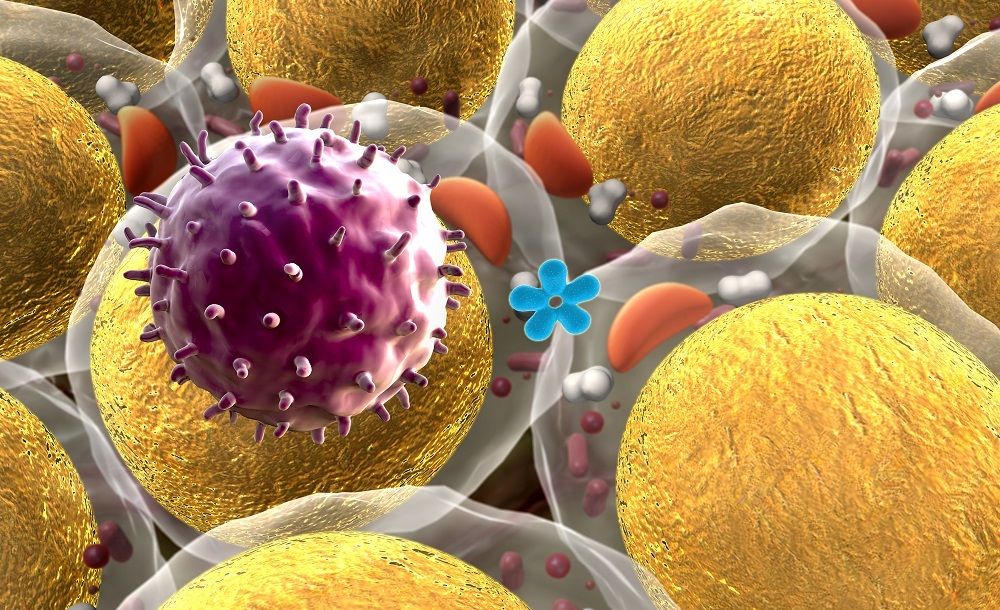https://www.stitcher.com/podcast/reaching-the-finish-line/e/…oplay=true
Category: bioengineering – Page 182
Cancer fighting nanovaccines have shown significant promise, but clinical application has been hampered by complications in large-scale manufacturing, quality control, and safety. Biomedical engineers at the National Institute of Biomedical Imaging and Bioengineering (NIBIB) developed a new technology that enables nanovaccines to bind to the albumin protein naturally present in the body. The albumin protein then delivers these nanocomplexes to the lymph nodes, resulting in potent immune activation against multiple tumor types in mouse cancer models. The use of natural albumin as a universal vaccine shuttle is a significant step towards the application of cancer nanovaccine immunotherapy in humans.
Nanovaccines that work to mount an immune response against a tumor basically consist of two components: the part that delivers the vaccine to the correct site, the lymph nodes, where immune system activation happens; and the part that activates the immune cells to expand and specifically target the tumor.
Researchers solved a problem that has been holding back the use of viral vectors for cancer therapy. They re-engineered viruses with a novel stealth technique that enables them to be used to treat cancer.
Up until now, viral vectors couldn’t be used widely in cancer therapy. Researchers just announced that they re-engineered an adenovirus with a novel stealth technique that enables it to be used to fight tumors. [This article first appeared on the website LongevityFacts.com. Author: Brady Hartman. ]
Viral vectors are well-developed tools used by scientists to deliver genetic material into cells. Unfortunately, they haven’t worked well to treat cancer until a group of researchers in Switzerland re-engineered them to enable them to be used in cancer therapy.
Researchers from the University of Zurich have re-engineered an adenovirus for use in cancer therapy. To achieve this, scientists developed a new protein shield that hides the virus and protects it from being eliminated by the body. Moreover, adapters on the surface of the virus enable the reconstructed virus to target and infect tumor cells.
Part #1 of an awesome show with Steve and Jason on Grognostics merging together discussions on biotech, craft beer, human potential, as well as a comedic journey into the world of 2039
https://www.stitcher.com/podcast/grognostics/e/53077743?autoplay=true




